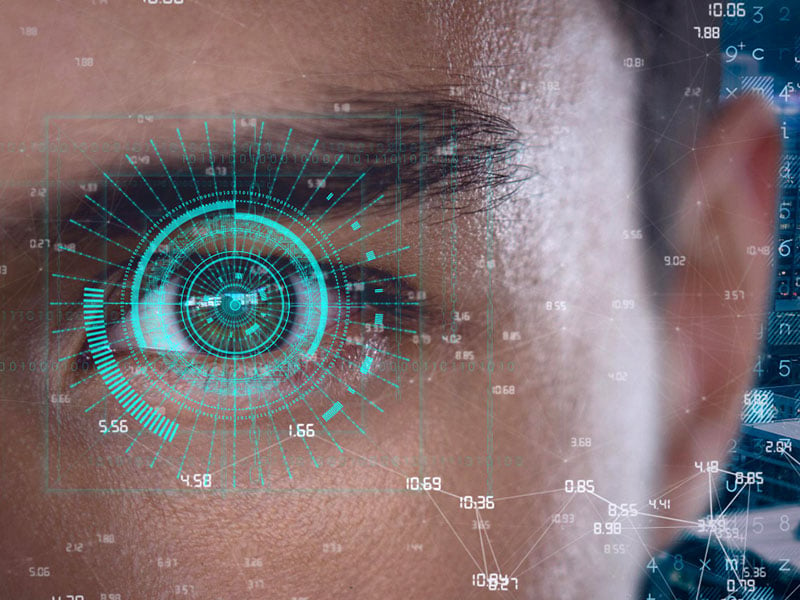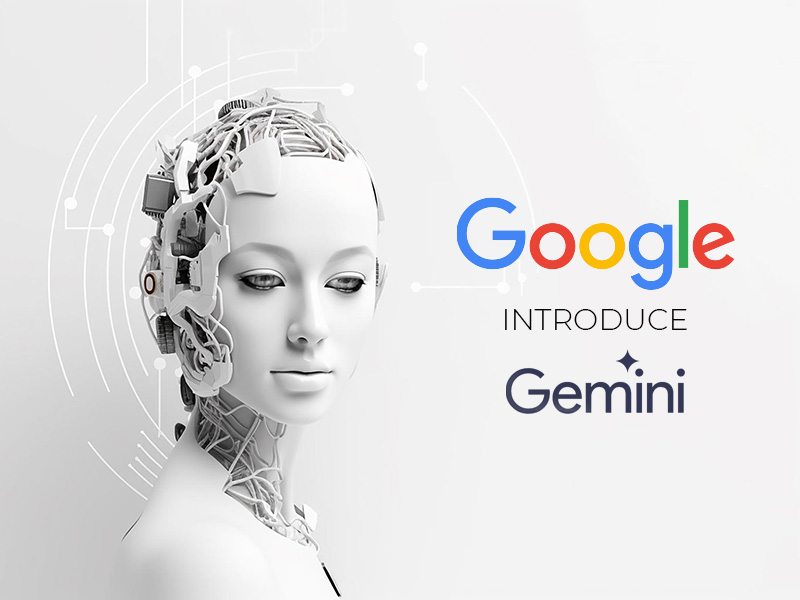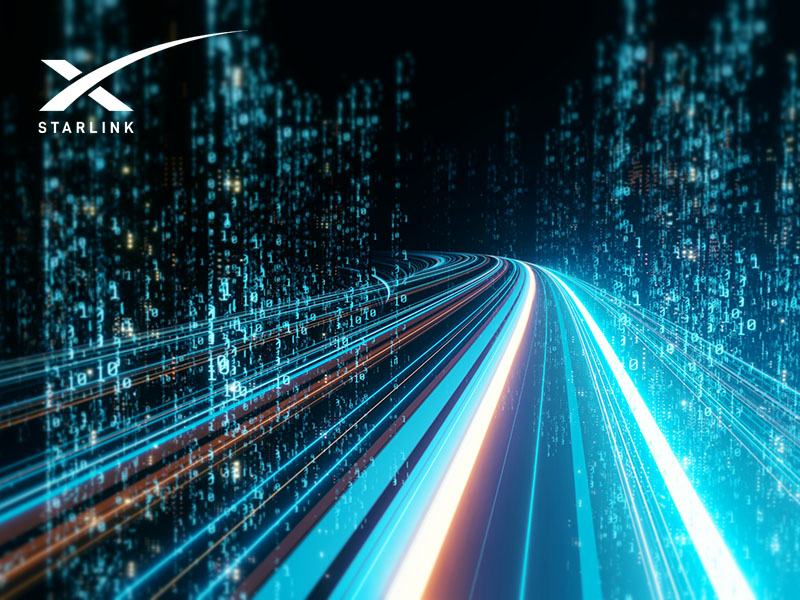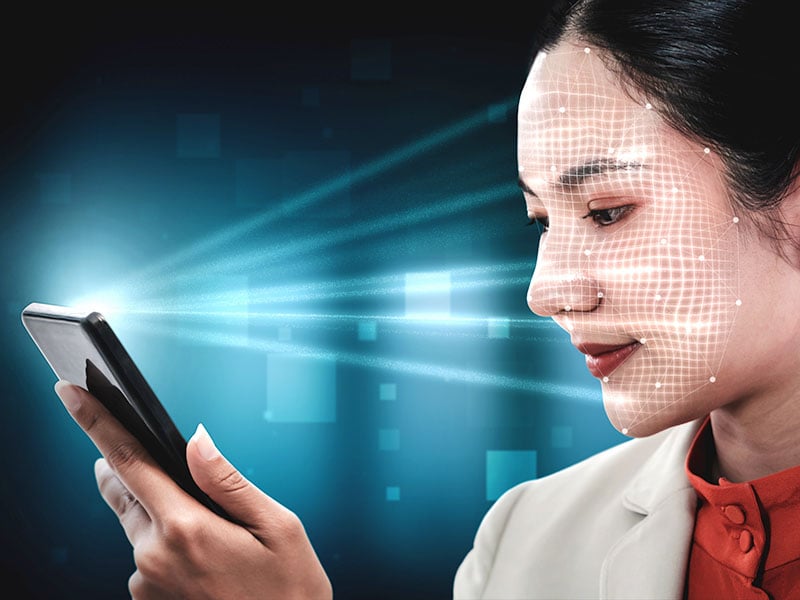What is Worldcoin and what does scanning the iris involve?
04/03/2024Worldcoin was introduced in summer of 2023 as a revolutionary project with the mission of creating a 100% secure digital identity, essentially a kind of fortified "digital passport," based on the verification of a unique and non-transferable element inherent to each human being—the iris. According to its developers, World ID will help distinguish human online activity from that generated by machines. In the first phase of the project, the creation of this secure digital identity is planned for 2 billion humans. To make this possible, Worldcoin has called on the global population to scan their iris. In return, Worldcoin compensates participants with a few tokens of its successful cryptocurrency, WLD, which has quadrupled in value within a few weeks of its initial launch. The payment in WLD tokens is not coincidental; it is part of Worldcoin's strategy, aiming to leverage the new digital passports to create a comprehensive ecosystem that provides universal and equitable access to advanced financial services for the entire global population. To achieve this, they encourage "iris sellers" to use the Worldcoin cryptocurrency on its fee-free blockchain, unlike Bitcoin, Ethereum, or other cryptocurrencies that do charge transaction fees. How does Worldcoin work? Worldcoin aims to address the issues of bots, rapid creation of fake identities, and content with artificial intelligence. It is designed, according to its developers, to provide every individual in the world with a unique digital identification. Additionally, Worldcoin promises to ensure the financial inclusion of each person in a fair and equitable ecosystem through a universal basic income. Users receive this income in exchange for allowing their iris to be scanned. To create the secure digital passport with Worldcoin, users must undergo an iris scan, which serves as proof of humanity and a unique identity on the blockchain. This process ensures that the individual on the other side of that identity is a human and not a fake profile created with artificial intelligence. In pursuit of the success of their proposal, the company offers users a small amount of their own Worldcoin tokens in exchange for iris scanning. The initial incentive of receiving free cryptocurrency, in the form of a universal basic income, is emphasized by Worldcoin advocates as the basis for the inclusive and universal nature of their initiative. This approach allows anyone to scan their iris, and the WLD tokens received in return can assist people without access to traditional financial services in starting to save and invest. How to Scan the Iris with Worldcoin? The registration process with Worldcoin involves scanning the iris with an orb, the central hardware device of Worldcoin developed by Tools for Humanity. The orb is spherical and processes all the information. Currently, Worldcoin has installed orbs in different countries, including Spain, where users can scan their iris in exchange for Worldcoins. To do this, it is necessary to download the Worldcoin mobile application, World ID, generate a QR code with it, and display it in front of the orb. The orb, upon recognizing it, will scan the user's iris, while a Worldcoin collaborator remotely oversees the operation. The orb takes less than a minute to perform the scan and validate the subject's identity. In exchange for their iris, the user receives a unique number called "IrisHash" and a cryptographic wallet with Worldcoins. "This digital passport is accepted as proof of unique humanity, which people can use in the digital world without the need to share any other data," assure its developers. What happens with my scanned iris in exchange for Worldcoins? Once the iris scan is completed, and digital identity is granted to the user, Worldcoin assures that the orb quickly eliminates the images unless the user requests their preservation. Only the set of numbers called "IrisHash" is stored for identification, without any additional biometric data. Worldcoin also commits to ensuring that users share only the necessary information they wish to share, providing verification options through linked devices or the additional facial authentication orb for high-security cases. Despite these commitments, the collection of biometric data through iris scanning for the unique proof of humanity continues to raise significant questions regarding privacy and information security. Some countries such as Brazil, France, India, or Kenya have halted Worldcoin's iris scanning. How much do you get paid for scanning your iris? Worldcoin pays 25 WLD for scanning your iris, which, according to the cryptocurrency's exchange rate in February 2024, has translated to an average of between 50 and almost €160 for iris sellers, depending on the value of Worldcoin on the day they scanned their iris. At the beginning of February, the value of each WLD unit was around two euros, and by the end of the month, it had risen to nearly seven euros. What can I spend my WLD on? 'Iris sellers' have the freedom to use their Worldcoins from the moment they receive them. They can exchange the payment for other cryptocurrencies, withdraw them in euros from a specialized ATM, or hold onto the tokens in the hope of an increase in their value. Additionally, WLD payments are already accepted on platforms such as Discord, Shopify, Minecraft, Telegram, Mercado Libre, or Reddit, among other places. Who is behind Worldcoin? Worldcoin bears the stamp of two innovative minds: Sam Altman and Alex Blania. Altman is the CEO of OpenAI and a key figure in artificial intelligence development, leading projects like ChatGPT. Blania, on the other hand, is the co-founder of Tools For Humanity, contributing his experience in creating technological tools for a more equitable economic system to this new and successful cryptocurrency.
[ ... ]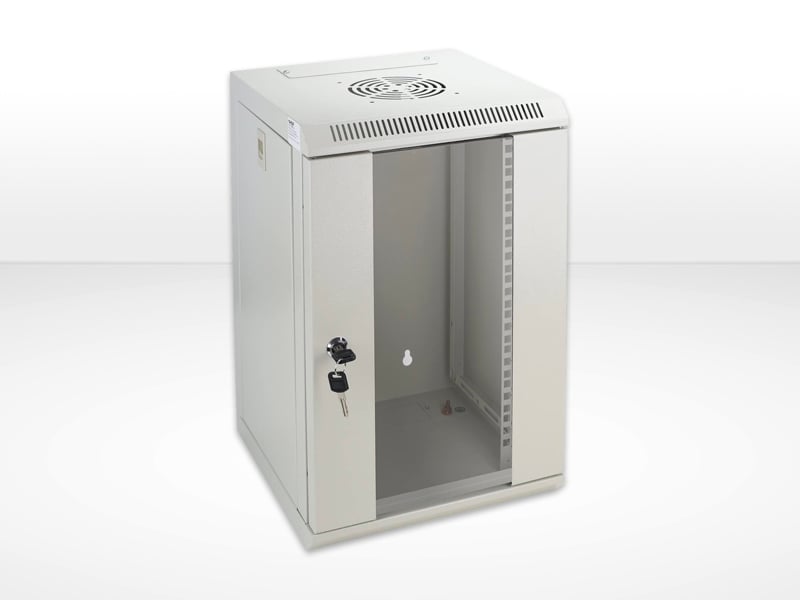
Rack Cabinets
Find from our wide selection of Rack cabinets the best one to keep your IT installation tidy, centralized, and protected. The size of all our network cabinets is standardized and compatible with the devices that must be inside. If you need to expand your rack cabinet with a new tray, change the thermostat or add a new power strip, then you have come to the right place.
[ ... ]Google Integrates Gemini AI into Google Ads
29/01/2024Google has commenced the integration of Gemini's Artificial Intelligence (AI) into the conversational experience of its Google Ads service. This integration aims to assist marketing professionals in creating more effective advertising campaigns through the generation of specific content. Conversational Experience Empowered by Gemini Initially available for English-speaking advertisers in the United States and the United Kingdom in beta, this expansion will roll out globally in the coming weeks, with plans to include other languages in the near future. By providing the website's URL, the AI generates relevant advertising content, including creative pieces and keywords, facilitating the creation of optimized campaigns. Suggestions for Tailored Images in Captivating Visual Campaigns In an upcoming development, Google Ads' conversational experience will also include the ability to suggest images tailored to the campaign through the use of generative AI and materials from the advertiser's landing page. This feature, scheduled for implementation in the coming months, will provide advertisers with a comprehensive solution for creating visually appealing campaigns. Google has emphasized that all images generated by AI in Google Ads will be clearly identified, thanks to the SynthID technology that places an invisible watermark accompanied by open standard metadata.
[ ... ]Google will expand telepresence testing to other companies outside of its offices
21/10/2022Google continues with Starline 3D communication's project, based on telepresence and has announced that they will start testing it soon. This new communication solution works as a window in which you can make eye contact with another person, who appears in 3D and real size , allowing two participants to feel as if they were together, in the same space, despite the distance. To achieve this, Starline works with two structures in parallel, the first formed by a screen with cameras, speakers, lighting microphones and the computer where, they have explained, the other person is represented. The secod structure has a rear unit with infrared feedback, where the user is located. So far, Starlie prototypes have been tested in some Google offices in the United States and now, it has been announced that they will also begin testing in other technology partner companies such T-Mobile, Hackensack Meridian Health or Salesforce.
[ ... ]Starlink Satellite Internet service multiplies their speed
11/02/2022Starlink, the Internet satellite network of SpaceX division, continues to bet on improving the download speed of their service and has just presented a new antenna that improves the performance of its basic kit. Its size is beat larger than the current antenna and Space X assure, it can offer a download speeds of 150 to 500 Mbps and a latency of 20 to 40 ms, compared to the speed of 50 Mb/s to 150 Mb/s of the initial kit . The official launch of the new antenna has been done in the United States, where users can already reserve it. It's expected that the antenna will arrive to Europe on the second quarter of the year.
[ ... ]Makeup causes failures in facial recognition systems
22/09/2021A research from the Ben-Gurion University of Israel has concluded that makeup reduces the effectiveness of facial recognition mechanisms. During the tests, the researchers used the ArcFace facial detection system, and they determined an effectiveness of 47,6% in people who did not use make up and 33,7% in those who did. They also confirm that applying makeup in specific face areas that algorithms analyze, the effectiveness of the facial recognition system is significantly altered and only 1.22% persons were recognized. In addition, the researchers from the Israeli university also did the test digitally, making up some photographs of the volunteers and the result was that the system was not able to recognize any of the faces. According to all these results, the researchers believe that the current level of development of facial detection systems is still below the realistic threshold.
[ ... ]

